-
Tél : +8618150976625
-
E-mail : Hello@MicrofiberLeather.com
Tél : +8618150976625
E-mail : Hello@MicrofiberLeather.com
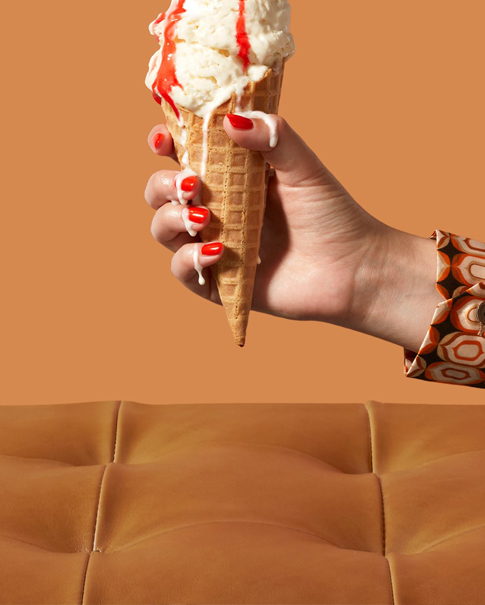
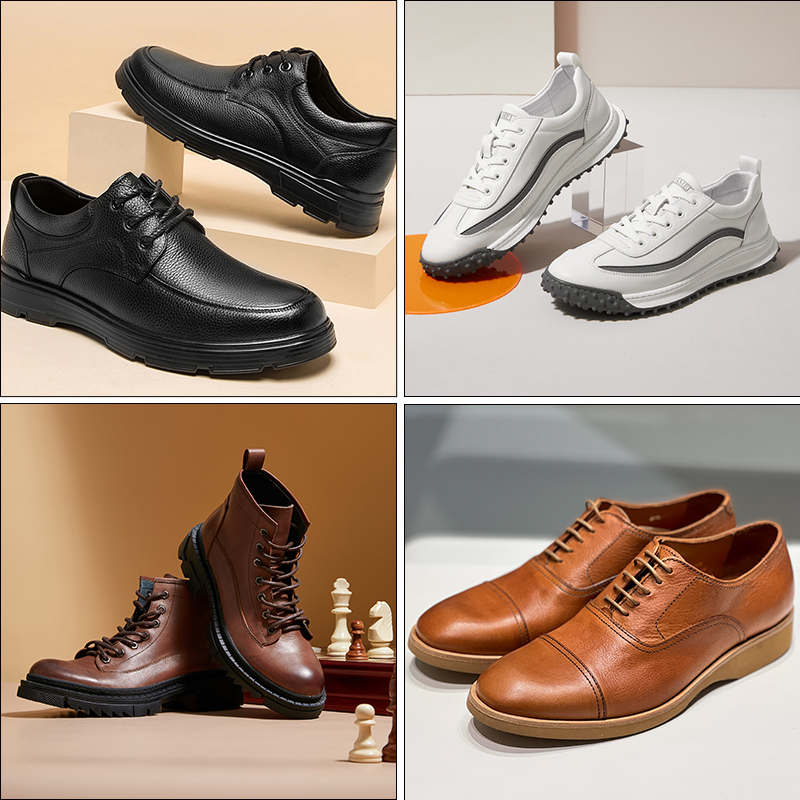
On me demande souvent si Chaussures en matière PU Faites un investissement judicieux. D'après mon expérience, elles offrent un excellent rapport qualité-prix pour les petits budgets et un style impressionnant sans utiliser de produits animaux. En revanche, j'ai constaté qu'elles manquent parfois de respirabilité et qu'elles peuvent être moins durables que le cuir véritable. Je prends ces facteurs en compte pour choisir la paire qui me convient.
cuir PU Ces chaussures sont abordables, ce qui en fait un excellent choix pour les consommateurs soucieux de leur budget.
Ces chaussures offrent un look élégant et se déclinent en différents modèles, parfaites pour une tenue décontractée.
cuir PU Il est respectueux des animaux et offre une alternative sans cruauté au cuir traditionnel.
Alors que les chaussures en PU sont léger et facile à nettoyer, ils peuvent manquer de respirabilité et de durabilité au fil du temps.
Réfléchissez bien à vos besoins ; le cuir PU convient parfaitement à un usage léger, mais peut ne pas être adapté aux activités intensives.
Lorsque je recherche des chaussures qui allient qualité et prix, je me tourne souvent vers cuir PUL'industrie de la chaussure utilise à la fois polyuréthanes MDI et TDI Dans les chaussures synthétiques, le MDI confère une durabilité impressionnante, tandis que le TDI apporte souplesse et confort, notamment au niveau des semelles intérieures. Ces caractéristiques permettent de maintenir un prix abordable pour les chaussures en cuir PU sans compromettre leurs performances. J'observe que beaucoup consommateurs sensibles aux prix Comparez les options synthétiques de différentes marques, surtout en ligne. Le commerce électronique facilite la recherche de promotions, ce qui renforce l'attrait du cuir PU pour les acheteurs soucieux de leur budget. L'accessibilité des chaussures synthétiques est un point fort, surtout si on compare avec le cuir PU. faux cuir et du cuir véritable.
J'apprécie la légèreté des chaussures en cuir synthétique PU. La résine de polyuréthane, principal composant de ces chaussures, offre à la fois durabilité et flexibilitéCette combinaison permet à mes chaussures de durer plus longtemps et de s'adapter aux mouvements de mon pied. Je trouve que les formulations spéciales de PU offrent un amorti supplémentaire, ce qui soutient mes pieds pendant les longues journées. La souplesse des matériaux synthétiques permet une meilleure liberté de mouvement, rendant les chaussures en cuir PU confortables au quotidien. Lorsque je compare le cuir PU au simili cuir, je remarque que les deux offrent un confort similaire, mais le PU procure souvent un meilleur soutien sur la durée.
Le style est important pour moi, et les chaussures synthétiques en cuir PU offrent un large choix de modèles tendance. Les fabricants peuvent facilement mouler le PU en différentes formes, textures et couleurs. Cette polyvalence me permet de choisir parmi des modèles à la mode qui imitent l'aspect du cuir véritable. cuir et PU Le cuir peut être trompeur, car les chaussures synthétiques modernes sont très convaincantes. Je vois souvent des chaussures en similicuir, dans des styles à la fois classiques et audacieux, ce qui me permet de les assortir facilement à ma garde-robe. La finition synthétique résiste également à la décoloration, mes chaussures conservent donc leur aspect neuf plus longtemps.
L'une des raisons pour lesquelles je préfère le cuir PU au quotidien est sa résistance à l'eau et à l'huile. Des tests en laboratoire montrent que les chaussures synthétiques en PU répondent à des normes strictes en matière de résistance à l'eau et à l'huile. pénétration de l'eau, absorption et flexibilitéVoici un aperçu rapide des performances du cuir PU lors de ces tests :
Nom du test | But | Bon résultat |
|---|---|---|
Pénétration et absorption de l'eau | Mesurer l'entrée et l'absorption d'eau | Temps de pénétration ≥ 60 min, Absorption ≤ 15 % |
Étanchéité dynamique (test de flexion) | Résistance à l'eau en flexion | ≥ 20 000 flexions = Bon, ≥ 50 000 = Excellent |
Essai de pression hydrostatique | Résistance à la pression de l'eau avant fuite | ≥ 5 000 mmH₂O = Étanche, ≥ 10 000 = Hautement étanche |
Absorption et désorption de l'eau | Taux d'absorption et de libération | Absorption ≤ 15 %, Désorption ≥ 60 % |
Résistance à la flexion (sans eau) | Flexibilité et résistance aux fissures | Aucune fissure après 50 000 à 100 000 cycles |
Test de tache d'eau / test de goutte d'eau | Résistance de surface aux taches d'eau | Aucun anneau visible ni changement de couleur après séchage |
Je trouve que les chaussures synthétiques en cuir PU gardent mes pieds au sec par temps humide et résistent aux taches d'huile, ce qui les rend pratiques par temps imprévisible.
J'apprécie les chaussures faciles d'entretien, et celles en similicuir répondent parfaitement à ce besoin. Contrairement au cuir véritable, qui nécessite un entretien minutieux après chaque tache, un simple coup de chiffon suffit pour nettoyer le similicuir. C'est ce qui rend les chaussures synthétiques idéales pour l'extérieur et bien plus pratiques les jours de pluie. J'ai constaté qu'il est plus facile de distinguer le cuir véritable du similicuir quand on voit à quel point les chaussures synthétiques sont faciles d'entretien. Un simple coup de chiffon suffit à enlever la plupart des taches, tandis que le cuir véritable exige un traitement particulier pour éviter de s'abîmer. Ce faible entretien me fait gagner du temps et de l'énergie.
En tant que personne soucieuse du bien-être animal, j'apprécie que le cuir PU offre une alternative sans cruauté au cuir traditionnel. L'essor du consumérisme écologique et éthique La mode actuelle a transformé ma façon d'acheter des chaussures. De nombreuses marques utilisent désormais des matières synthétiques pour créer des chaussures élégantes et de qualité à moindre coût. Je constate que les marques de fast fashion utilisent du cuir PU pour répondre à la demande d'options abordables et éthiques. Les jeunes consommateurs, dont je fais partie, privilégient souvent les produits écologiques et respectueux des animaux. La transparence des méthodes de fabrication et l'éco-étiquetage influencent également mes choix, faisant des chaussures synthétiques en cuir PU un choix de prédilection pour une mode éthique.
La durabilité est un critère essentiel pour moi lors du choix de chaussures. Le cuir synthétique PU se distingue par sa durabilité. résistance à l'usure et robustesse impressionnantesVoici un tableau qui met en évidence les atouts techniques du polyuréthane dans la fabrication de chaussures :
Propriété | Contribution à la résistance à l'usure et à la durabilité |
|---|---|
Bonne résistance à l'usure | Supérieur au caoutchouc ordinaire, généralement 3 à 5 fois meilleur, il est idéal pour la résistance à l'usure et l'absorption des chocs. |
Excellentes propriétés mécaniques | Sa grande résistance et sa robustesse lui permettent de supporter d'importantes forces et impacts extérieurs. |
Haute élasticité | Elle conserve une élasticité élevée sur une large plage de dureté, ce qui lui permet de récupérer rapidement après une contrainte. |
Bonne stabilité chimique | Résiste à l'érosion causée par les acides, les alcalis et autres produits chimiques, assurant des performances stables même dans des environnements difficiles. |
résistance à l'huile et résistance au vieillissement | Il offre de bonnes performances au contact des huiles et des produits chimiques, et présente une meilleure résistance au vieillissement que le caoutchouc naturel. |
résistance supérieure aux hautes et basses températures | Résiste à des températures de -50 °C à 120 °C, tout en conservant sa flexibilité et son élasticité dans des conditions extrêmes. |
J'ai constaté que les chaussures synthétiques en cuir PU durent plus longtemps que beaucoup d'autres modèles synthétiques. Leur résistance à l'usure, aux produits chimiques et aux températures extrêmes les rend adaptées à divers environnements. La durabilité du cuir PU garantit que mes chaussures restent en bon état, même en cas d'utilisation fréquente.
Conseil: Si vous recherchez des chaussures alliant style, confort et respect de l'environnement, les chaussures en cuir synthétique PU constituent une solution idéale pour un usage quotidien.
Quand je porte des chaussures fabriquées à partir de cuir PUJe remarque qu'elles sont souvent plus rigides que celles fabriquées avec d'autres matériaux. Cette rigidité provient de… haute résistance et durabilité du polyuréthaneBien que ces qualités contribuent à prolonger la durée de vie des chaussures, elles en limitent également la flexibilité. J'ai comparé des chaussures en polyuréthane (PU) à celles dotées de semelles en éthylène-acétate de vinyle (EVA), et la différence est flagrante. Les chaussures en EVA sont plus souples et absorbent mieux l'énergie, ce qui les rend plus confortables pour les activités qui sollicitent beaucoup les mouvements. Voici quelques points que j'ai observés :
Le polyuréthane et le polyuréthane thermoplastique offrent une durabilité et une résistance élevées.
La rigidité accrue des chaussures en PU réduit leur capacité à absorber les chocs.
Les chaussures en EVA offrent une plus grande flexibilité et une meilleure absorption d'énergie, ce que je trouve plus confortable pour la course à pied ou le sport.
Si vous avez besoin de chaussures pour des activités qui exigent de la flexibilité, les inconvénients du cuir PU, comme sa rigidité, peuvent devenir un véritable handicap.
La respirabilité est un autre point faible des chaussures en similicuir. J'ai porté des chaussures en similicuir par temps chaud et j'ai constaté que mes pieds chauffaient et transpiraient beaucoup plus vite qu'avec du cuir naturel ou des baskets en mesh. La surface synthétique du similicuir ne laisse pas facilement passer l'air. Ce manque de ventilation peut entraîner une gêne, surtout après une utilisation prolongée. J'ai vu des marques tenter d'y remédier en ajoutant des perforations ou des empiècements en mesh, mais le matériau de base limite toujours la circulation de l'air. Pour les personnes qui apprécient d'avoir les pieds frais et secs, c'est un inconvénient majeur.
Le impact environnemental La production de cuir PU est devenue une préoccupation majeure pour moi. Soucieuse de l'environnement, je suis attentive à la fabrication de mes chaussures. Le processus de fabrication du PU utilise des produits chimiques et de l'énergie, ce qui peut nuire à l'environnement. J'ai appris que Le PU n'est pas biodégradable.Ce qui signifie que les vieilles chaussures peuvent rester des années dans les décharges. Le recyclage des chaussures en PU est également difficile car elles contiennent souvent un mélange de matériaux. Voici un exemple. tableau comparant l'impact environnemental en PU, en cuir et en matériaux recyclés :
Aspect | Matériau PU Impact | Impact du cuir | Impact des matériaux recyclés |
|---|---|---|---|
Formulations écologiques | Les systèmes à base d'eau réduisent les émissions de COV | Le tannage du cuir produit des déchets nocifs | Impact réduit grâce à une utilisation moindre des ressources |
Efficacité de production | L'automatisation réduit les déchets | Processus nécessitant d'importantes ressources | Réduit les coûts de production et les déchets |
Priorité au développement durable | Les innovations en polyuréthane biosourcé répondent aux préoccupations | Empreinte carbone élevée | Soutient l'économie circulaire |
Malgré certaines avancées écologiques, l'impact environnemental du cuir PU reste préoccupant. J'ai lu que le PU peut libérer des microplastiques dans l'environnement, contribuant ainsi à la pollution. Des marques comme Nike et Adidas explorent le PU recyclé pour réduire cet impact, mais ces solutions sont encore récentes. Je prends toujours en compte l'impact environnemental du cuir PU avant d'effectuer un achat.
Le confort est primordial pour moi lorsque je choisis des chaussures. Si les chaussures en cuir PU offrent un certain amorti, je trouve qu'elles n'égalent pas le maintien et le confort des chaussures de sport haute performance. De nombreuses baskets de sport utilisent des matériaux de pointe comme la mousse Ortholite ou l'ETPU biodégradable pour un amorti supérieur et un dynamisme accru. Ces caractéristiques contribuent au confort de mes pieds lors d'activités intenses. À l'inverse, les chaussures en PU manquent souvent du même niveau de maintien, notamment pour les personnes souffrant de problèmes de pieds spécifiques. Leur respirabilité limitée et leur rigidité peuvent également les rendre moins confortables à porter toute la journée.
On me demande souvent : « Combien de temps dure le cuir PU ? » D'après mon expérience, les chaussures en PU sont magnifiques neuves, mais leur aspect peut se dégrader rapidement. Avec le temps, j'ai constaté que le cuir PU se craquelle, s'écaille ou se décolore, surtout en cas d'utilisation intensive. Contrairement au cuir véritable, qui développe une patine unique, le PU a tendance à s'user de façon moins esthétique. J'ai remarqué que l'exposition au soleil et à l'humidité accélère ce processus. Si vous souhaitez des chaussures qui conservent leur aspect pendant des années, c'est un facteur important à prendre en compte. En comparant la durabilité du cuir PU à celle d'autres matières, je constate qu'elle n'est pas toujours à la hauteur des promesses.
J'ai constaté que les chaussures en cuir PU ne conviennent pas à toutes les activités. Leur rigidité et leur respirabilité limitée les rendent peu adaptées au sport ou aux activités extérieures intensives. Pour la randonnée, la course à pied ou les environnements de travail exigeants, je privilégie des chaussures offrant une meilleure flexibilité, un meilleur amorti et un meilleur maintien. Les chaussures de sport sont souvent dotées d'une tige en maille respirante, d'un coussinet au talon et de semelles intérieures amovibles pour un ajustement personnalisé. Ces caractéristiques sont rarement présentes dans les chaussures en PU. Si vous recherchez des chaussures pour des activités à fort impact ou spécifiques, le PU ne répondra peut-être pas à vos besoins.
Note: Bien que les chaussures en cuir PU présentent de nombreux avantages, je prends toujours en compte leurs inconvénients avant de me décider. L'impact environnemental, le confort parfois limité et la durabilité sont des critères essentiels. Si vous privilégiez les produits écologiques et la durabilité, vous pourriez envisager d'autres matières.
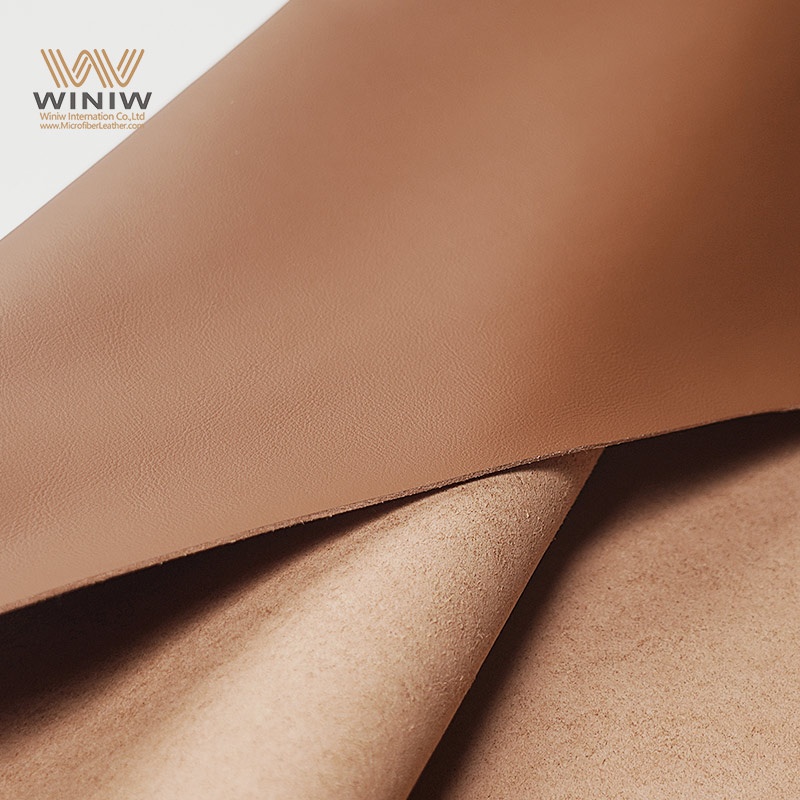
Je recommande toujours chaussures en cuir PU Pour mes amis qui veulent faire des économies, le cuir PU est un excellent choix, surtout avec un budget serré. Je trouve que les chaussures en cuir PU coûtent souvent beaucoup moins cher que celles en cuir véritable, tout en restant élégantes. De nombreuses marques proposent le cuir PU comme alternative écologique aux matériaux traditionnels. J'ai vu des chaussures en cuir PU en promotion aussi bien dans les magasins locaux que sur internet. Grâce à son prix abordable, je peux m'en offrir plusieurs paires pour différentes occasions sans me ruiner.
Quand je veux renouveler ma garde-robe, je choisis des chaussures en similicuir pour leur style et leur polyvalence. Les créateurs utilisent le similicuir pour créer des modèles tendance qui imitent le cuir véritable. J'ai remarqué que le similicuir se décline en de nombreuses couleurs et finitions, ce qui me permet d'assortir mes chaussures à toutes mes tenues. Pour les sorties décontractées ou les événements mondains, je compte sur les chaussures en similicuir pour un look toujours impeccable. La finition synthétique du similicuir résiste aux taches et à la décoloration, mes chaussures restent donc belles plus longtemps. J'apprécie le fait que le similicuir offre une alternative écologique pour les passionnés de mode soucieux de l'environnement.
Étant sensible au bien-être animal, je recherche des chaussures sans produits d'origine animale. Le cuir PU se distingue comme une alternative écologique idéale pour les véganes. Je constate que de plus en plus de marques affichent le label « végan » sur leurs chaussures en cuir PU. Cette transparence me permet de faire des achats en accord avec mes valeurs. Je suis rassurée de savoir que mes chaussures en cuir PU ne contribuent pas à la souffrance animale. L'aspect écologique du cuir PU répond également à mon désir d'une mode durable.
Je choisis souvent chaussures en cuir PU Pour les occasions où je n'ai pas besoin de chaussures robustes, je porte par exemple des chaussures en similicuir au bureau ou pour de courtes promenades. Leur légèreté les rend confortables au quotidien. Je trouve que le similicuir est idéal pour les événements où je souhaite avoir une allure soignée sans exiger une résistance maximale. Quand je recherche une alternative écologique pour un usage léger ou occasionnel, les chaussures en similicuir répondent parfaitement à mes besoins.
Conseil: Si vous recherchez des chaussures abordables, élégantes et écologiques, le cuir PU est une excellente option pour de nombreuses situations du quotidien.
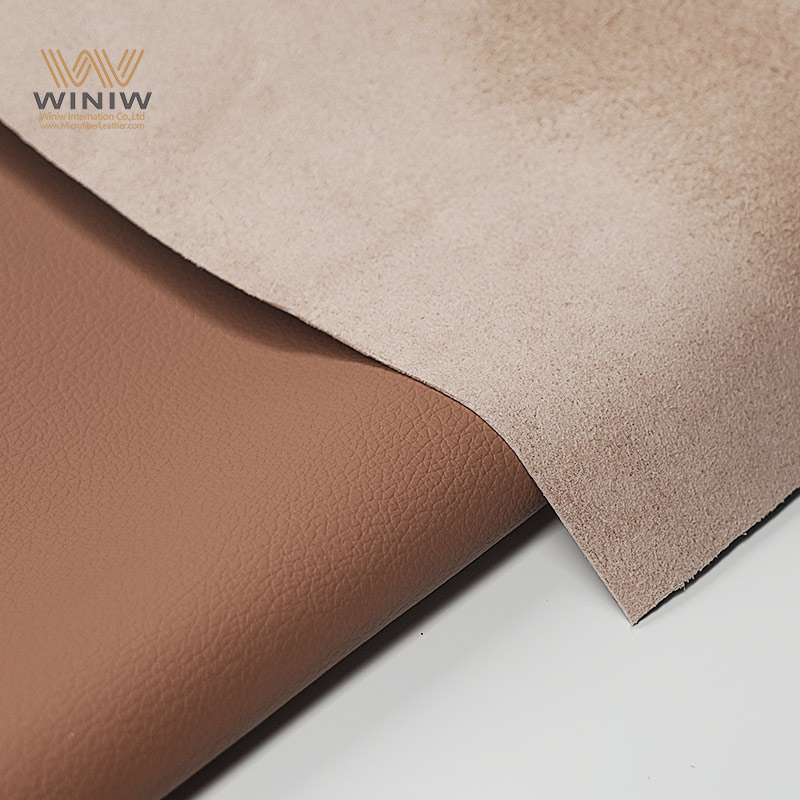
J'ai porté chaussures en cuir PU Lors d'activités de plein air, le matériau peine souvent à résister aux terrains accidentés et à l'humidité constante. Pour la randonnée ou le travail en extérieur, j'ai besoin de chaussures souples et résistantes. Le cuir PU a tendance à se craqueler ou à s'écailler après des contacts répétés avec les rochers et la boue. Je constate également que les semelles glissent rapidement, augmentant ainsi le risque de glissade. Pour les travaux exigeants, je privilégie des chaussures fabriquées dans des matériaux plus robustes. Les chaussures en cuir PU n'offrent pas la durabilité requise dans des environnements difficiles.
La durabilité est primordiale lorsque je choisis des chaussures pour un usage quotidien. Les chaussures en cuir PU sont attrayantes au premier abord, mais elles s'usent plus vite que prévu. cuir véritableJe constate des plis et des dommages superficiels après seulement quelques mois d'utilisation régulière. Le revêtement synthétique du cuir PU se décolle souvent, surtout au niveau des orteils et du talon. Lorsque j'ai besoin de chaussures qui durent des années, j'évite le cuir PU. Ce matériau ne peut rivaliser avec la durabilité du cuir naturel ou des synthétiques de pointe. Je recommande le cuir PU uniquement pour un usage occasionnel, et non pour les situations exigeant une grande résistance.
Les activités sportives exigent des chaussures offrant un excellent maintien et une bonne respirabilité. J'ai essayé de courir avec des baskets en cuir PU. Mes pieds étaient chauds et inconfortables après peu de temps. Le manque d'aération du cuir PU restreint la circulation de l'air, ce qui entraîne une transpiration excessive. J'ai également constaté que sa rigidité limitait mes mouvements. Pour le sport ou les exercices à fort impact, je préfère les chaussures avec une tige en mesh et une semelle amortissante. Le cuir PU n'offre ni la flexibilité ni le confort nécessaires à la performance sportive. Je conseille aux athlètes de choisir des chaussures conçues spécifiquement pour leur sport.
Je suis sensible aux choix écologiques et au développement durable. Les chaussures en cuir PU utilisent souvent des produits pétrochimiques, ce qui augmente leur empreinte carbone. Lorsque je compare le cuir PU à des chaussures durables, je constate des différences évidentes :
Aspect | Chaussures en matière PU | |
|---|---|---|
Source matérielle | Souvent dérivés de produits pétrochimiques | Formulations biosourcées issues de ressources renouvelables |
Impact environnemental | Empreinte carbone plus élevée due à l'utilisation de produits pétrochimiques | Empreinte carbone réduite, promotion du développement durable |
Innovations | Des formulations de polyuréthane biosourcées et recyclables émergent | Mettre l'accent sur l'économie circulaire et le recyclage |
Conformité réglementaire | La conformité encourage les innovations écologiques | Forte emphase sur les pratiques durables |
Je constate que les chaussures durables utilisent des ressources renouvelables et privilégient le recyclage. Les chaussures en cuir PU sont à la traîne en matière de pratiques écoresponsables. Bien que certaines marques expérimentent le PU biosourcé, la majorité s'appuie encore sur une fabrication traditionnelle. Je choisis des chaussures écologiques lorsque je souhaite réduire mon impact environnemental. Le cuir PU ne correspond pas à mes valeurs en matière de développement durable.
Si vous avez besoin de chaussures pour des conditions difficiles, pour le sport, ou si vous souhaitez soutenir des initiatives écologiques, le cuir PU n'est peut-être pas la meilleure option.
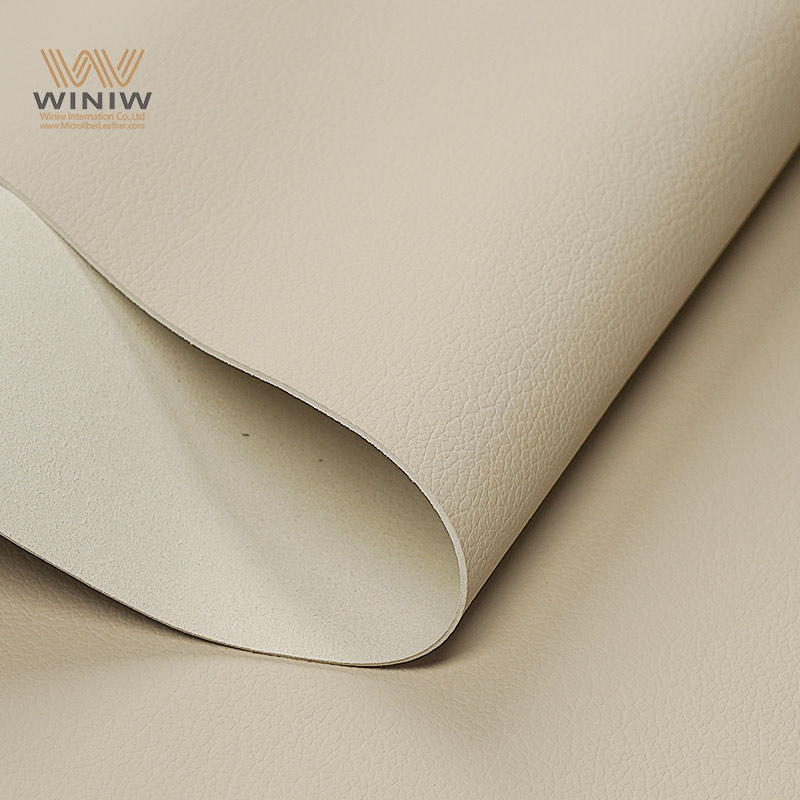
Lorsque j'envisage d'acheter des chaussures en PU, je commence toujours par lister leurs principaux avantages et inconvénients. Je trouve que le cuir PU offre un style élégant, un prix abordable et un aspect respectueux des animaux. Ces chaussures se déclinent souvent en de nombreux coloris et modèles, ce qui en fait un choix privilégié pour les personnes soucieuses de la mode. J'apprécie également le fait que le cuir PU résiste à l'eau et à l'huile, ce qui simplifie l'entretien quotidien. Cependant, je remarque que les chaussures en PU peuvent être rigides et peu respirantes. Avec le temps, le cuir PU a tendance à se craqueler ou à s'écailler, surtout en cas d'utilisation intensive. impact environnemental du pu Cela m'inquiète également, car la plupart des chaussures en polyuréthane ne se dégradent pas naturellement.
Voici un tableau récapitulatif que j'utilise pour comparer les points principaux :
Avantages des chaussures en cuir PU | Inconvénients des chaussures en cuir PU |
|---|---|
Abordable | Peut se sentir raide |
Élégant et polyvalent | Respirabilité limitée |
Facile à nettoyer | Peut se fissurer ou s'écailler avec le temps |
Respectueux des animaux | Non biodégradable |
Résistant à l'eau et à l'huile | Moins résistant à une utilisation intensive |
Je me rappelle toujours qu'aucune matière à chaussures n'est parfaite. Le meilleur choix dépend de ce à quoi j'accorde le plus d'importance.
J'adapte mes choix de chaussures à mon style de vie et à mes priorités. Pour des sorties décontractées, je recherche des chaussures tendance et abordables, en polyuréthane (PU). Pour des occasions spéciales au bureau ou lors d'événements occasionnels, le cuir PU est idéal. Pour les personnes soucieuses du bien-être animal, le cuir PU constitue une excellente alternative végane. En revanche, pour la randonnée, la course à pied ou le travail en extérieur, j'évite le PU. Je privilégie les matières plus résistantes lorsque j'ai besoin de chaussures durables. Si la durabilité est ma priorité, je me renseigne sur les marques qui utilisent du PU recyclé ou biosourcé.
Je me pose toujours ces questions avant d'acheter :
Vais-je porter ces chaussures tous les jours ou seulement de temps en temps ?
Ai-je besoin d'un confort et d'une respirabilité maximum ?
Quelle importance accordez-vous au bien-être animal ou au respect de l'environnement ?
Suis-je prêt à sacrifier un peu de durabilité pour un prix plus bas ?
En répondant à ces questions, je m'assure que ma prochaine paire de chaussures en polyuréthane corresponde à mes besoins et à mes valeurs.
Après avoir pesé le pour et le contre, je constate que les chaussures en cuir PU offrent un excellent rapport qualité-prix. Je choisis le cuir PU lorsque je recherche des chaussures abordables, élégantes et respectueuses des animaux. Je sais que le cuir PU ne dure pas aussi longtemps que certaines autres matières, mais il répond parfaitement à mes besoins pour un usage quotidien et léger. Je vérifie toujours si le cuir PU est adapté à mon style de vie avant d'en acheter. Je vous encourage à réfléchir à vos priorités. Si vous recherchez un entretien facile et un style moderne, le cuir PU est une excellente option. Je me fie à mon expérience avec le cuir PU pour faire mes choix. Vous pouvez avoir confiance en votre décision lorsque vous comprenez les atouts du cuir PU.
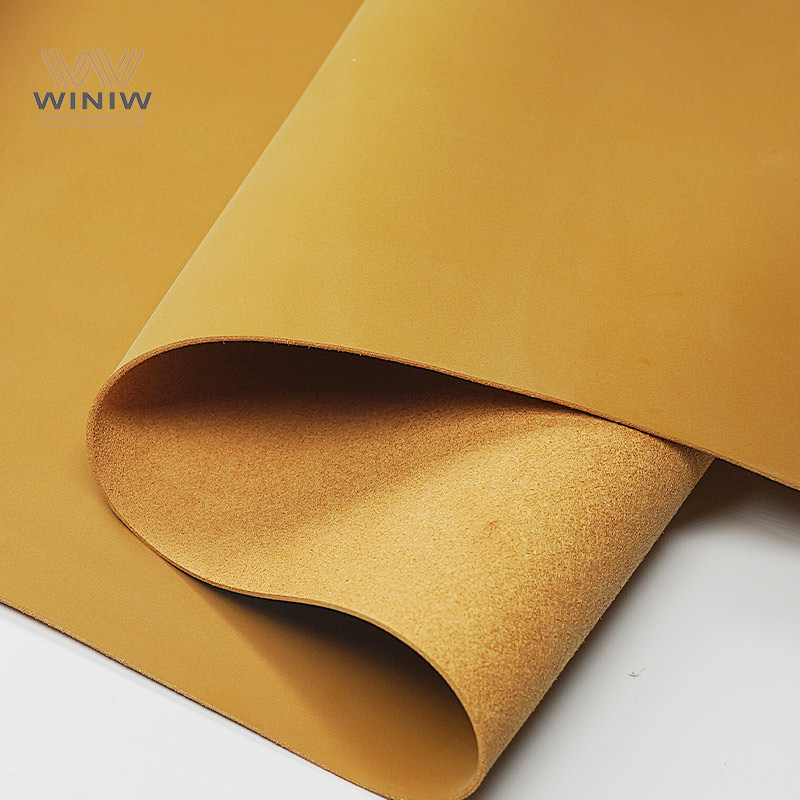
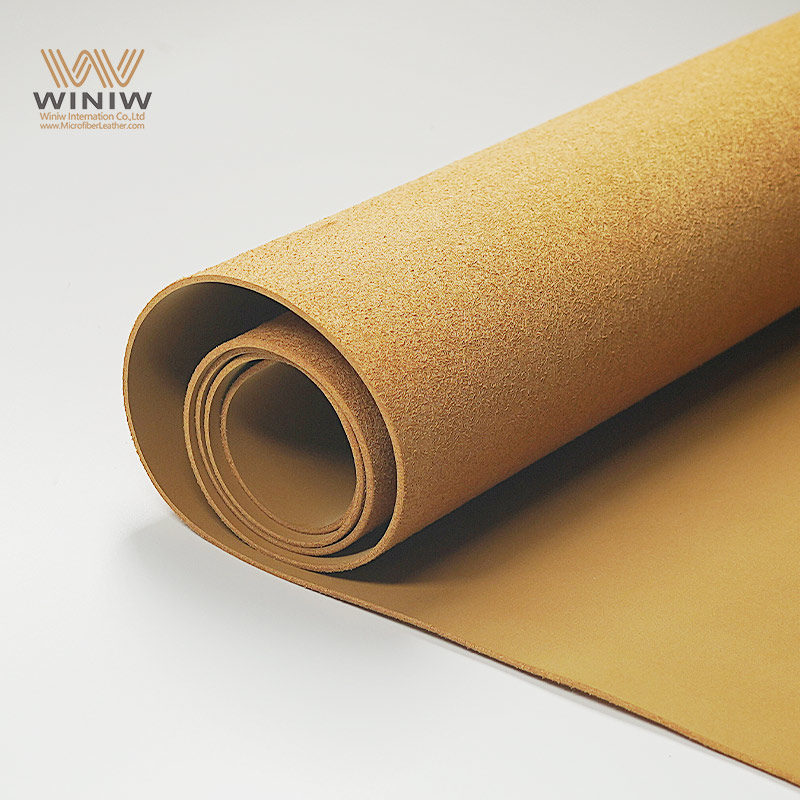
Je vois cuir PU Le cuir PU est un matériau synthétique à base de polyuréthane. Il ressemble au cuir véritable, mais coûte moins cher. Contrairement au cuir animal, le cuir PU n'utilise pas de peaux animales. J'ai constaté que le cuir véritable est plus doux au toucher et plus durable, tandis que le cuir PU offre un plus grand choix de couleurs et est plus facile à nettoyer.
Je porte des chaussures en similicuir les jours de pluie. Leur surface est imperméable et oléofuge. Le similicuir garde mes pieds au sec lors des averses légères. Je peux facilement essuyer les liquides renversés. J'évite les grandes flaques d'eau car le similicuir risque de ne pas rester imperméable en cas de fortes pluies.
Je constate que les chaussures en similicuir durent environ un à deux ans avec un usage régulier. Le matériau peut se craqueler ou s'écailler avec le temps. Je remarque que le similicuir ne se patine pas comme le cuir véritable. Je remplace mes chaussures en similicuir dès qu'elles présentent des signes d'usure.
Je porte des chaussures en similicuir pour les sorties courtes. La matière est légère, mais je trouve qu'elle respire moins bien. Le similicuir peut devenir rigide après plusieurs heures d'utilisation. Je choisis donc des chaussures en similicuir pour les occasions décontractées, et non pour les longues promenades ou les activités sportives.
Je me renseigne sur le cuir PU avant d'en acheter. La plupart du cuir PU est issu de la pétrochimie. Son processus de production est énergivore et utilise des produits chimiques. Le cuir PU est un matériau très résistant. Je privilégie les marques qui utilisent du cuir PU recyclé ou biosourcé afin de réduire leur impact environnemental.
Conseil : Je vérifie toujours les étiquettes des produits pour options en cuir PU écologiques.
ÉTIQUETTES CHAUDES :
Le luxe ressemble à du faux suède pour les présentoirs à bijoux
Qu’est-ce que le vêtement en polyuréthane et pourquoi le choisir ?
Business Phone : +8618150976625
E-mail : Hello@MicrofiberLeather.com
Mobile & WhatsApp : +8618150976625
Adresse : W6-302 Shimao Manhadun Shuanglong Road, Jinjiang Quanzhou Fujian China

© droits d'auteur 2022 Winiw International Co., Ltd.Tous les droits sont réservés.
XML | Politique de confidentialité |

